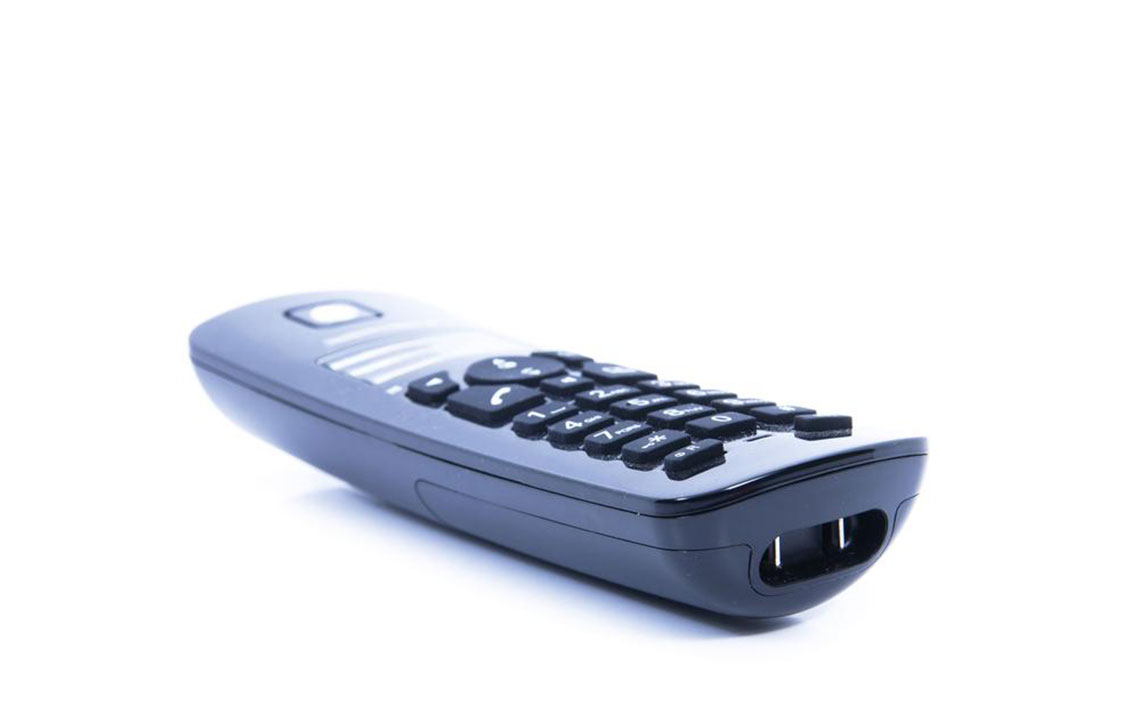How Medicaid works and ways to determine eligibility
Medicaid provides coverage for long-term care services, despite the possibility that a person may have health insurance. It offers services above your additional insurance coverage, helping you pay for your basic hospital expenses. For instance, if you are fully eligible, Medicaid will pay for 24/7 skilled nursing care in your home. In contrast, Medicare only covers a limited amount of home care services. There are numerous qualifying categories for Medicaid.

What is Medicaid?
Medicaid offers health insurance to qualified low-income adults, kids, pregnant women, older adults, and persons with disabilities. It is managed and administered jointly by the federal and state government. The federal government works with a state’s Medicaid agency to ensure it complies with federal laws and regulations.
How does Medicaid work?
Medicaid does not provide healthcare for everyone. A person’s application will be considered for all programs to determine their Medicaid eligibility. If a person is eligible for Medicaid, they will receive the following:
- Letter from Medicaid detailing the coverage
- Medicaid ID
They can then take these documents and health cards when visiting the doctor or pharmacy. One can present it at all doctor visits before claiming any service. Asking your pharmacy or healthcare provider about Medicaid coverage can be beneficial. You can also enquire about how to check your Medicaid benefits. This helps you determine which services and prescriptions are covered. One should remember that Medicaid does not give the applicant any money; it only pays the doctor, hospital, or pharmacy.
Who is eligible for Medicaid?
Depending on your income and family size, Medicaid may be able to provide you with free or inexpensive treatment care. Medicaid offers health insurance to certain people and families in all states, including kids, parents, expectant mothers, seniors with certain incomes, and persons with disabilities. Some states have increased checking the number of persons eligible for Medicaid with incomes below a certain level.
How to check Medicaid eligibility online?
Follow these steps to check Medicaid eligibility online:
- First, one should visit the official Medicaid site. Regardless of the state in which a person lives, they may qualify for Medicaid based on their income, their disability, their family status, their household size, and other factors. They can also qualify for Medicaid only on their income if their state has expanded Medicaid coverage.
- Then, a person can enter their household size details and state. They will be informed of who qualifies for Medicaid if their state has expanded coverage and whether they are eligible for Medicaid based on their income.
- They can register and apply, and their information will be forwarded to the state agency, if it appears that anyone living in their home qualifies for Medicaid. The person will be contacted to check their eligibility.
- If a person is not eligible for Medicaid, they will be notified and will have to wait until the next enrolment period opens.
How to check your Medicaid coverage?
If an individual is not sure about their Medicaid coverage or needs clarification, they can call customer service. Medicaid customer service can also help you apply over the phone.
Applying for Medicaid
Here is a list of steps that one needs to follow to apply for Medicaid:
- Apply online by visiting the Medicaid Self-Care Portal.
- Download the application form and print it out. Then mail or fax all pages in Medicaid as directed on the form.
- To file a claim over the phone, one can call Medicaid customer service
- Visit the local Medicaid office to apply in person.
- Contact any Medicaid Application Center nationwide.
- Even if one applies by mail, in person, or by phone, they can create an online account to check the status of their application, report family and address changes, request a new Medicaid card, and renew coverage.
Mandatory and optional Medicaid coverage
Unlike Medicare, medical facilities cannot charge patients more after Medicaid has adjudicated the claim. Therefore, healthcare providers should be aware of the mandatory and optional coverage offered by the patient’s insurance service. This may differ since different states may have various Medicaid programs.
Some mandatory insurance coverage includes ambulance services, inpatient and outpatient clinic or hospital care, nursing facility care, short-term inpatient expertise, x-ray and laboratory services, home health care (short-term), and some prescriptions for people not covered by Medicare.
State Medicaid programs may provide optional services like hearing screenings and hearing aids, eye exams and glasses, preventive screening, oral care, chiropractic care, materials therapy, and other services. Some services not covered by Medicaid are routine or annual physicals, missed appointments, cosmetic surgery, health care, and other related services availed outside the country. It is important that the process for reinstatement of claims is smooth. This process requires contacting the patient as often as necessary with questions or requests for Medicaid information through the patient portal, email, or phone call.




